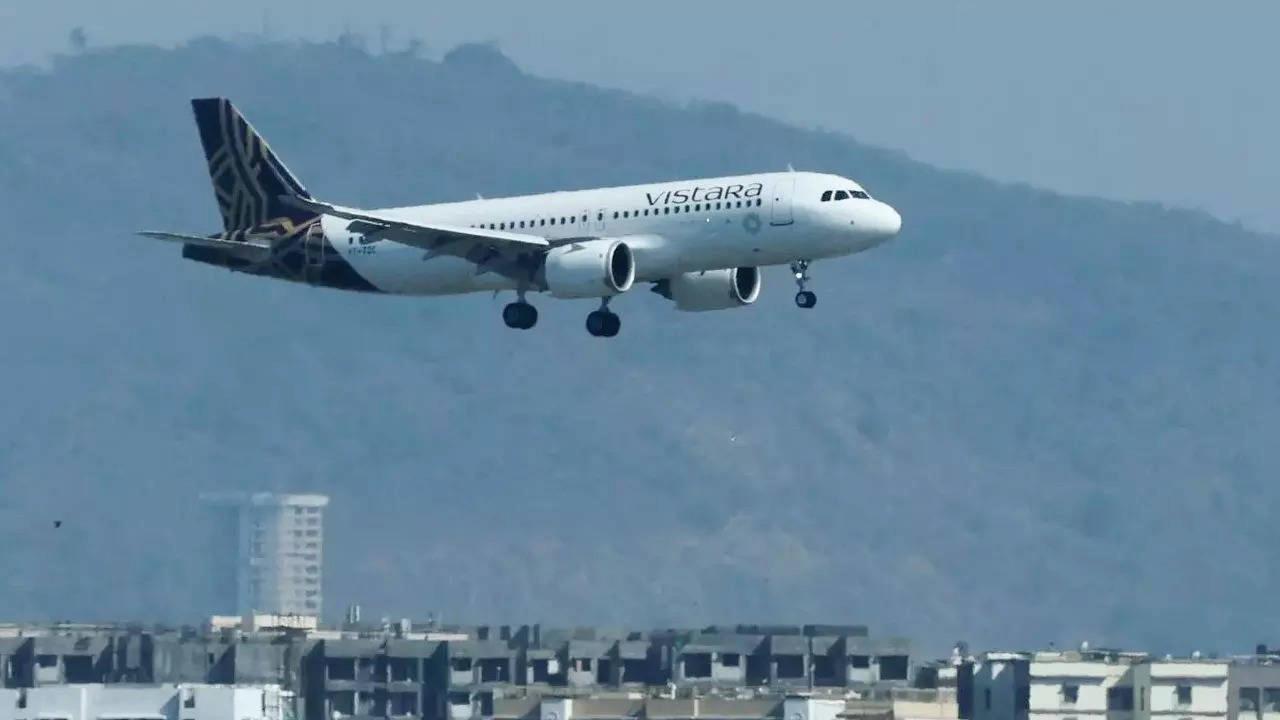After a challenging year marked by low profitability, the cotton yarn spinning industry is poised for improvement this financial year, according to a report by Crisil Ratings. Operating margins for cotton yarn spinners are expected to rebound by 150-200 basis points from the decadal lows experienced last year, reaching around 10.5-11% in the current fiscal. Stable cotton prices, supported by better availability during the 2024 cotton season, alongside improved cotton yarn spreads, are cited as key factors driving this margin recovery. The stability in cotton prices is anticipated to persist, remaining below international levels, further contributing to the improved operating margins.
Revenue projections also indicate a positive trajectory, with an estimated growth of 4-6% expected this financial year. This growth is attributed to moderate expansion in downstream demand, particularly from segments such as readymade garments and home textiles. Domestic sales volume, constituting a significant portion of the industry’s revenue, is forecasted to drive this growth.
Despite a remarkable recovery in exports witnessed last fiscal year, with an 80-85% increase, export growth is expected to taper to 3-4% in the current fiscal due to sluggish global economic conditions. However, with the revival in demand and operational performance, the industry’s capacity utilization levels have already reached 80-85%, with further improvement anticipated this year.
Pranav Shandil, Associate Director at CRISIL Ratings, highlighted that while capacity utilization levels are improving, capital expenditure (capex) for cotton yarn spinners is expected to remain moderate in the near term. This cautious approach to capex reflects a recovery phase from the lows experienced in the previous fiscal year, mitigating the need for significant debt additions on already deleveraged balance sheets.
The positive outlook for the cotton yarn spinning industry suggests a gradual recovery from the challenges of the past year, with improved margins and revenue growth expected to support the sector’s resilience amidst evolving market conditions.
The anticipated improvement in the cotton yarn spinning industry, as outlined by the Crisil Ratings report, heralds a promising turnaround from the difficulties encountered in the preceding year. This shift towards a more favorable landscape is underpinned by several factors, each contributing to the industry’s resilience and potential for growth.
Firstly, the stabilization of cotton prices, coupled with enhanced availability during the current cotton season, is a pivotal driver behind the projected margin recovery. The ability to maintain cotton prices below international levels fosters a conducive environment for spinners, alleviating input cost pressures and bolstering operating margins. This stability not only fortifies the financial health of spinners but also instills confidence in their ability to navigate future market fluctuations effectively.
Moreover, the anticipated rebound in operating margins by 150-200 basis points signifies a significant uptick propelled capacity utilization levels to 80-85%, with further improvement anticipated. This upward trajectory not only augurs well for the industry’s growth prospects but also underscores its ability to capitalize on emerging opportunities amidst evolving market dynamics.
The cautious approach to capital expenditure (capex) reflects a prudent stance adopted by spinners as they navigate the recovery phase. While capacity utilization levels improve, a moderate capex outlook mitigates the need for significant debt additions, thereby preserving the deleveraged balance sheets of industry players. This disciplined approach to capital allocation underscores a commitment to long-term sustainability and resilience in the face of uncertainties.
Overall, the positive outlook for the cotton yarn spinning industry signifies a gradual yet robust recovery from the challenges of the past year. With improved margins, revenue growth, and prudent financial management, the industry is well-positioned to thrive amidst evolving market conditions, reaffirming its status as a cornerstone of the textile ecosystem.


 Opinion2 years ago
Opinion2 years ago
 Fashion7 years ago
Fashion7 years ago
 Entertainment7 years ago
Entertainment7 years ago
 Entertainment7 years ago
Entertainment7 years ago
 Opinion2 years ago
Opinion2 years ago
 Business News2 years ago
Business News2 years ago
 Policy&Politics2 years ago
Policy&Politics2 years ago
 Business News2 years ago
Business News2 years ago





















